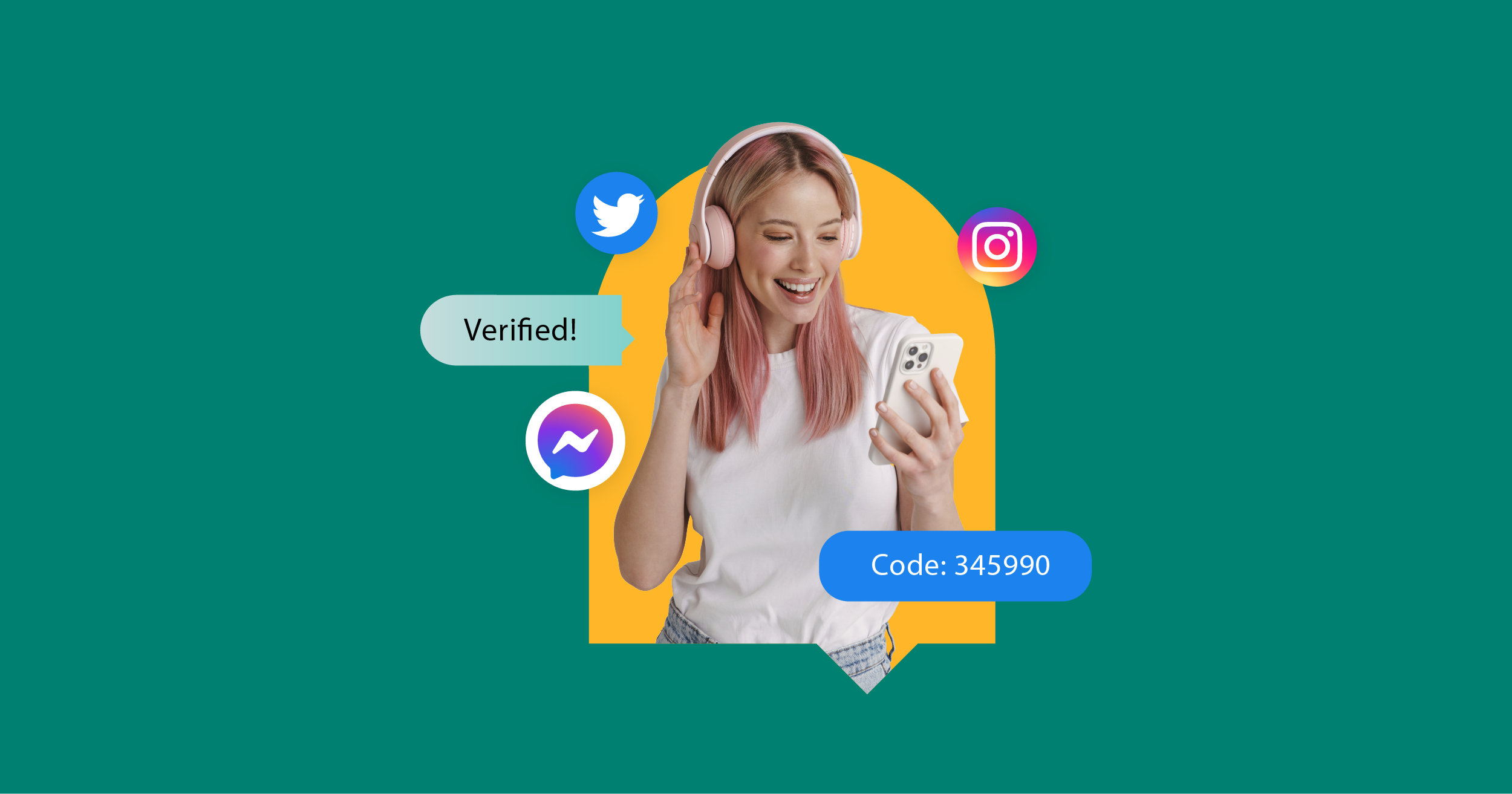The Ultimate Guide to Two-Factor Authentication
Published: Apr 6, 2020
Updated: May 9, 2022

Two-factor authentication is used by websites, applications, and platforms to keep your personal information private and secure. This extra layer of protection is an additional step to proving your online identity.
Using 2FA has gotten so popular that hackers have found creative ways to bypass traditional account security measures. In fact, you'll see a lot of people with authenticator apps downloaded on their mobile devices. They do this to minimize the chances of hackers gaining access to their username and password. Some people also regularly change their passwords and download password managers to stay on top of everything.
Multi-Factor Authentication Channels
With more data breaches and hacking bots bypassing user authentication measures, companies and organizations have taken extra steps to ensure their customers’ privacy online. In fact, websites and apps have started using multi-factor authentication (MFA), which involves two or more authentication measures.
While this may seem like a headache, there’s a lot on the line. You might store info like your age, relationship status, bank account info, home address, and so on.
Every now and then you hear news stories of people who lost their information to third parties after a cyber attack. And unfortunately, it could very well happen to you too. Whether you’re signing in to Facebook or checking your bank statement, multi-factor protects you from fraud, identity theft, and financial or personal loss.
There most popular multi-factor methods are SMS authentication, voice, hardware token, and push notifications.
SMS Authentication
SMS is perhaps the most effective multi-factor confirmation step thanks to its accessibility, security, and speed.
Get Started Now
Reach your clients now and claim your 30-day free trial. No credit card required.
After entering your password, the website will ask you to enter a verification code they sent via SMS. If you set up an email address to link with your phone number, you also get it forwarded to your email.
Voice
Voice is a fairly new practice. Similar to an SMS code, voice 2FA involves receiving an MMS with an audio recording of a code. This is done to stop third parties or bots from reading your messages. With voice authentication, only you can listen to messages and codes.
Token
There are two types of token authentication—one is a popular software token and the other is a blockchain token. Software tokens are codes stored on physical devices like a USB or computer. You must access these to enter your security code and proceed with your activities. This, however, is dangerous because software tokens can be compromised or stolen.
The second type refers to the tokenization of assets through the blockchain network. Ethereum, for instance, provides unique tokens to people who purchase an Ethereum token. The token acts as a smart contract and is unique to each individual. While this is not widely used, it can theoretically be the future of MFA.
Push Notifications
Push notifications require you to own a smartphone. Essentially, you install a push-supported application and create an account. With this method, you actually don’t even have to enter a password.
You simply type in your username and you receive a push notification. Then, you either approve or decline the entry to the app or website. This stops parties who don’t have physical access to your device from accessing your data.
Examples of MFA
Gmail Two-Step Verification
With over 1.5 billion active users, Gmail opts for SMS authentication to protect Google account holders. You can also download the Google Authenticator mobile app, which takes 2-step verification a step further.
Multi-Factor Authentication Office 365
For Office 365, you may choose SMS authentication, finger-print identification, or face recognition on the Microsoft Authenticator.
Twitch 2FA
Like Google and Facebook, Twitch sends a code to your phone for its 2FA.
GitHub 2FA
Instead of a code sent via SMS, GitHub uses a time-based one-time password (TOTP). This lets you enter a temporary password that expires at a certain period of time.
Paypal 2FA
Paypal sends you a security key as its authentication method. The key acts as a one-time pin (OTP), which isn’t applicable next time.
